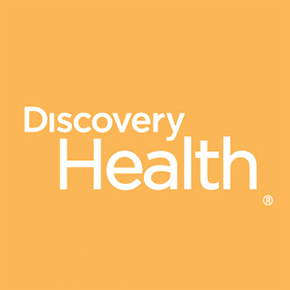This pregnancy myth is about as accurate as those that try to predict a baby's gender based on what foods mom craves. The bump is the most protruding part of a pregnant woman's belly, but its position (high vs. low) and its width do not indicate the child's sex. If a woman has a short torso, there simply is less room for the uterus to stretch upward as the baby grows, so the baby sprawls, making the bump "wide" and out to the sides. A woman with a longer torso has more room for the baby to grow between the rib cage and the pelvis, so the uterus stays narrow. The only true way to know the baby's gender is through an ultrasound or amniocentesis.
Continue Learning about Pregnancy, Fertility and Childbirth
Important: This content reflects information from various individuals and organizations and may offer alternative or opposing points of view. It should not be used for medical advice, diagnosis or treatment. As always, you should consult with your healthcare provider about your specific health needs.







